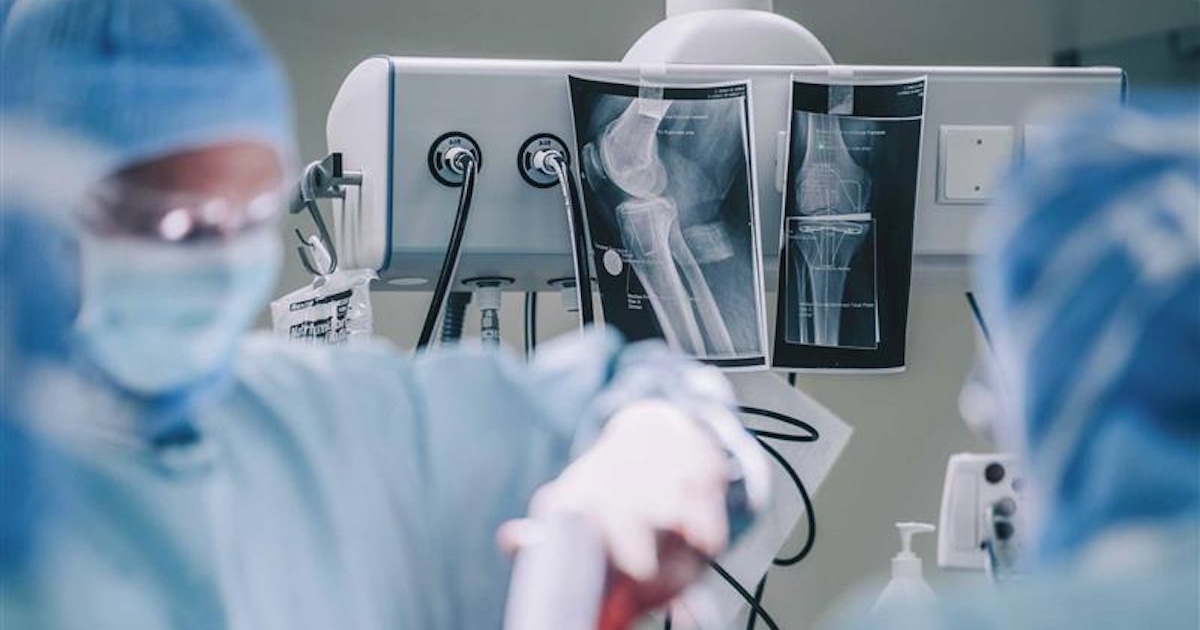
During the first day of the Wireless Life-Sciences Alliance meeting, called the Convergence Summit, Qualcomm CEO Paul Jacobs defined convergence as the overlapping of computer devices, consumer electronic devices and wireless technology, according to Tim Gee's Medical Connectivity blog. Jacobs pointed to the Amazon Kindle, as a prototype for the future: a device with built-in wireless (cellular not WiFi) connectivity. (Click "Next" below to see more photos and read more about the Wireless Life-Sciences Alliance event.)
Photo Credit: Charles Maloof, Independent Marketing Strategist for wireless health industry

Scripps Health Dr. Eric Topol told the audience during the Convergence Summit day at the Wireless Life-Sciences Alliance meeting that the U.S. care delivery system had already crashed, Tim Gee reported. Topol told mobihealthnews in an interview after the session, he is not optimistic about electronic medical records (EMRs) becoming interoperable anytime soon. Or ever? Topol was also very interested in how genomic sequencing and preventive medicine dovetails with the wireless health industry.
Photo Credit: Charles Maloof, Independent Marketing Strategist for wireless health industry

BeWell CEO Shahin Bakhshandeh gave a two minute description of his company during the Convergence Summit at the Wireless Life-Sciences Alliance in La Jolla, CA. During a reception after the event, Bakhshandeh told mobihealthnews that his company had been in the wireless health space for some five years and has a number of pilots in place that leverage mobile phones to increase patient engagement. BeWell, then, focuses on finding the right balance between automation of patient data and engagement.
Photo Credit: Charles Maloof, Independent Marketing Strategist for wireless health industry

During the second day at Wireless Life-Sciences Alliance, the Alliance's co-founder Rob McCray kicked the day by introducing the CEO of IntelliDOT and founder of CardioNet, Jim Sweeney. McCray called Sweeney the "the first grandmaster of wireless health in the business world."
Photo Credit: Charles Maloof, Independent Marketing Strategist for wireless health industry

"In the world we're moving into, more than ever, if you can't justify the cost benefits, then you will fail," IntelliDOT CEO Jim Sweeney said. "In my view, getting the FDA's approval is not nearly as hard as getting the CPTs and insurance reimbursement approvals."

(Left-to-right: Quorum Consulting's President & Founder Kuo Bianchi Tong, Applied Clinical Intelligence's Founder & President Dr. Jonathan Seltzer, The Louden Network's Founder & President Teri Louden.)
Louden was part of CardioNet's executive team when it first started and one tip she gave companies looking to emulate CardioNet's success: Even though the engineers may assure you that the product is ready to go, still make everyone in your office try the product out.
"I made every single person in our office -- some 25 people, including our billing department, admin staff, everyone. We made them wear the product. Remember this product [includes] three leads, a little sensor and a PDA that needs to stay within 30 feet of you, 24-7. If you can't wear it, how do you want your customer to wear it?"
The next week, the entire office was dragging because the device would beep at all hours of the night. Clearly, it was not ready for market yet, Louden explained.


